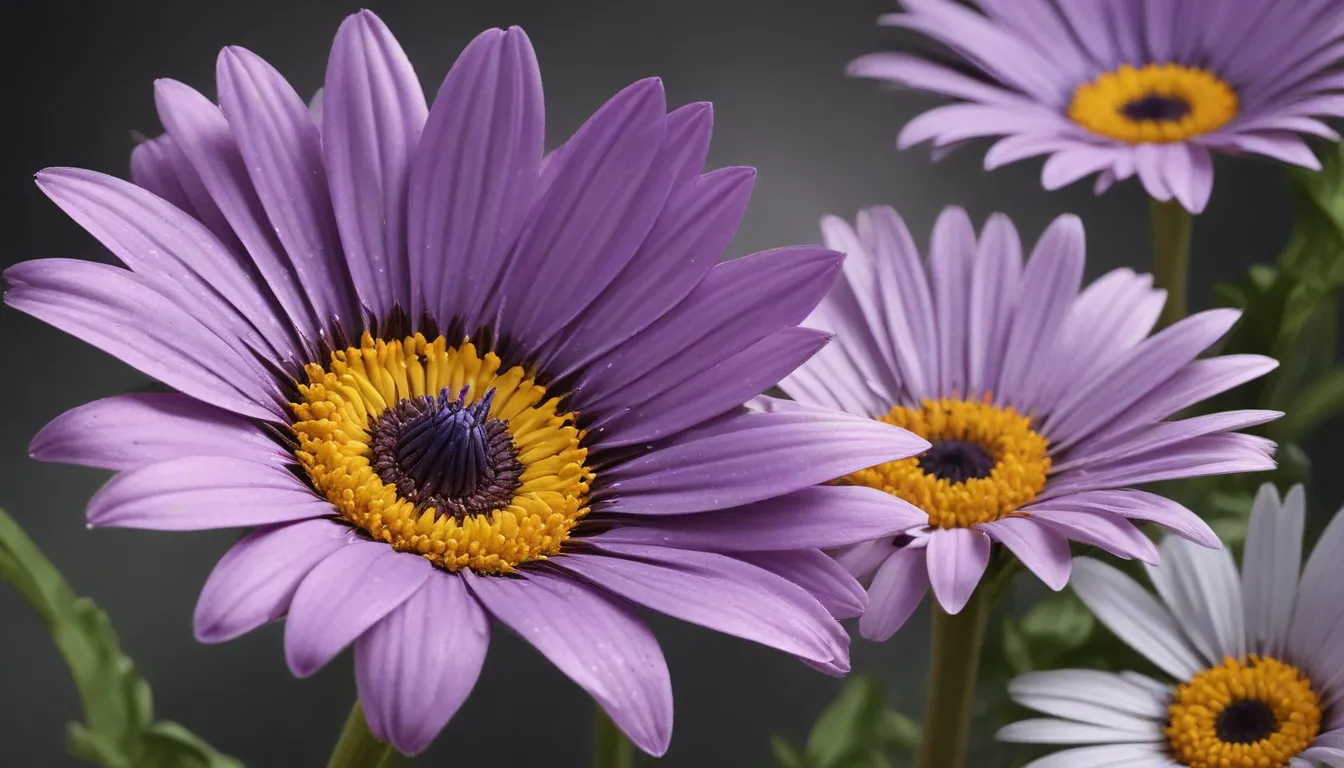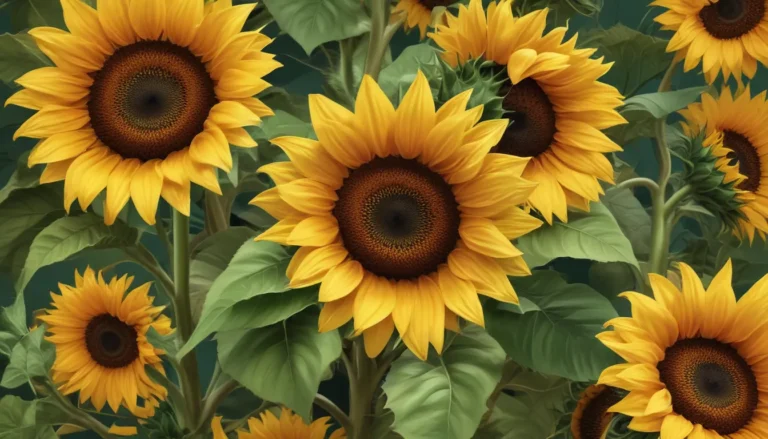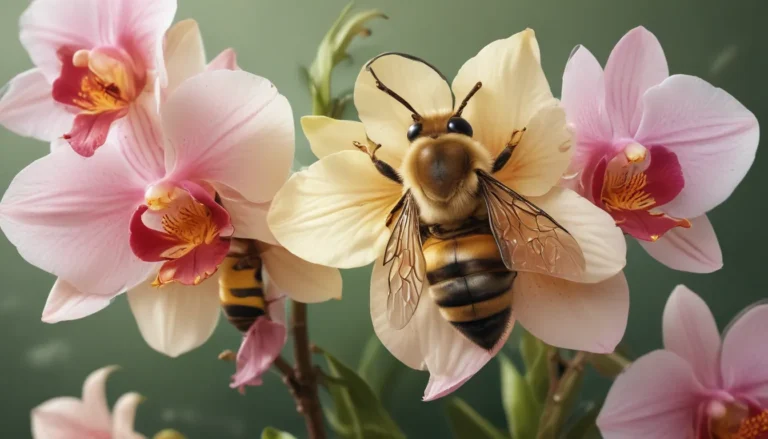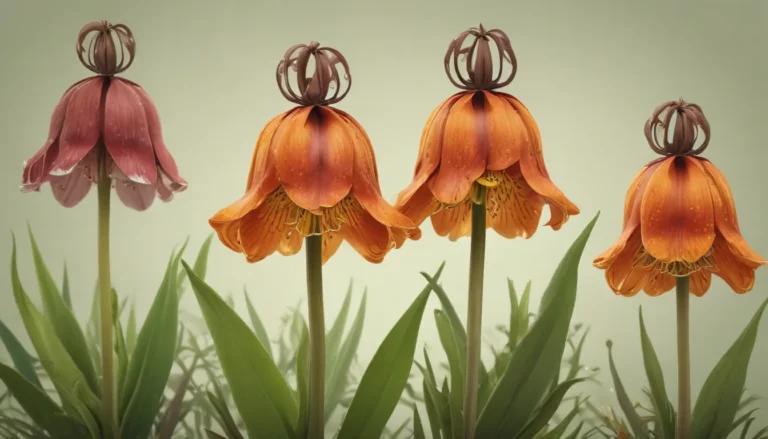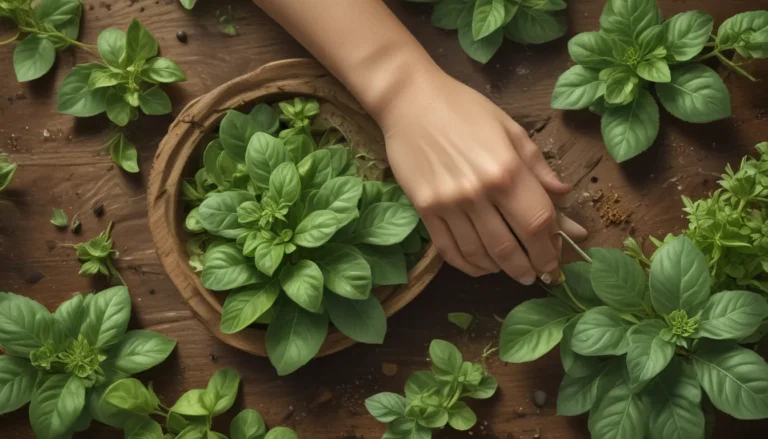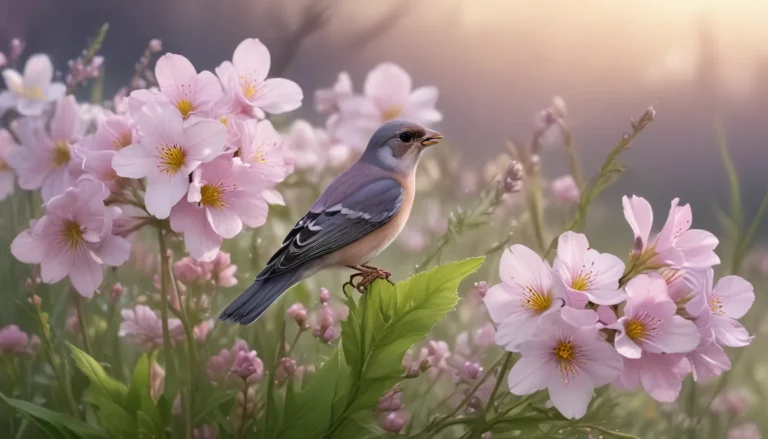The pictures we use in our articles might not show exactly what the words say. We choose these pictures to make you interested in reading more. The pictures work together with the words but don’t take their place. The words still tell you the important facts.
Are you intrigued by the captivating beauty of African daisies or Cape daisies, also known as Osteospermum? These enigmatic flowers with their vibrant colors and delicate petals have charmed many gardeners and plant enthusiasts worldwide. In this comprehensive guide, we will delve into 17 fascinating facts about Osteospermum, exploring their origins, characteristics, and surprising features. Join us on this journey to discover the mysteries behind these mesmerizing blooms!
The Origins and Characteristics of Osteospermum
1. The Greek Connection: The name "Osteospermum" stems from the Greek words "osteo" meaning bone and "spermum" meaning seed, alluding to the seed's resemblance to a small bone.
2. Proudly South African: Osteospermum is native to South Africa and thrives in sunny, arid regions of the country, showcasing its resilience in challenging environments.
3. Vibrant Colors: These flowers dazzle in hues of purple, pink, orange, yellow, and white, making them a popular choice for gardeners and florists seeking a splash of vivid color.
The Allure of Osteospermum in Gardens
4. Seasonal Splendor: Osteospermum blooms from spring to summer, adorning gardens and landscapes with a riot of colors and adding a touch of cheer to outdoor spaces.
5. Pollinator Paradise: The colorful blooms of Osteospermum attract butterflies and bees, playing a vital role in supporting pollinator populations and bringing life to your garden.
6. Low-Maintenance Charms: Resilient and drought-tolerant once established, Osteospermum thrives in well-drained soils, requiring minimal upkeep for busy gardeners.
Surprising Facts About Osteospermum
7. Family Ties: Belonging to the Asteraceae family, which includes familiar flowers like daisies, asters, and sunflowers, Osteospermum shares a botanical lineage with these popular blooms.
8. Annuals or Perennials: Depending on the climate, Osteospermum can be grown as annuals or perennials, adapting to different environments and providing flexibility for gardeners.
9. Long-Lasting Beauty: Osteospermum's flowers boast a prolonged bloom period, ensuring continuous color and visual delight throughout the growing season.
Osteospermum Beyond Beauty
10. Medicinal Marvel: In certain cultures, Osteospermum has been used for medicinal purposes, showcasing its traditional value in treating digestive disorders and skin ailments.
11. Deer-Resistant Attributes: Due to its strong fragrance, Osteospermum is less likely to be damaged by deer and wildlife, making it a practical choice for deer-prone areas.
12. Symbol of Hope: In the language of Victorian flowers, Osteospermum symbolizes hope and encouragement, making it a meaningful addition to bouquets and floral arrangements.
Cultivating Osteospermum with Ease
13. Propagation Made Simple: Osteospermum can be easily propagated by taking stem cuttings and rooting them in a well-draining medium, allowing gardeners to expand their plant collection with ease.
14. Container Gardening Appeal: With its compact and trailing growth habit, Osteospermum thrives in containers and hanging baskets, adding charm to balconies and patios.
15. Hummingbird Haven: The nectar-rich flowers of Osteospermum attract hummingbirds, bringing additional beauty and activity to your garden oasis.
Enhancing Your Garden with Osteospermum
16. Texture and Visual Interest: The daisy-like flowers and finely textured foliage of Osteospermum add depth and visual interest to flower beds and borders, creating a dynamic garden landscape.
Embrace the Beauty of Osteospermum
Osteospermum, with its colorful blooms, resilience, and multifaceted uses, stands as a testament to nature's wonders and botanical diversity. Whether you are a seasoned gardener seeking to expand your floral repertoire or a curious plant enthusiast eager to learn more, Osteospermum offers a wealth of charm and intrigue to explore.
Unravel the mysteries of Osteospermum, cultivate its beauty in your garden, and witness the enchanting allure of these African daisies transform your outdoor spaces. Let the vibrancy and resilience of Osteospermum inspire you to embrace nature's bountiful gifts and create a garden sanctuary filled with hope, color, and joy.
Embark on your Osteospermum journey today and elevate your gardening experience with these captivating blooms!
FAQs: Your Guide to Growing and Caring for Osteospermum
1. How often should I water my Osteospermum plants?
- Osteospermum plants prefer well-drained soil; water them thoroughly when the top inch of soil feels dry, approximately every 7-10 days.
2. Can Osteospermum tolerate cold temperatures?
- Osteospermum is sensitive to frost and temperatures below 50°F (10°C); grow them as annuals in colder climates or perennials in mild winter regions.
3. How do I deadhead Osteospermum flowers?
- Pinch or cut off faded flower heads to encourage more blooms and redirect energy towards growth, enhancing the plant's flowering cycle.
4. Can I grow Osteospermum in containers?
- Yes, Osteospermum thrives in containers with good drainage; use well-draining potting soil, provide ample sunlight, and water regularly for container gardening success.
5. Are Osteospermum plants attractive to pollinators?
- Osteospermum's nectar-rich flowers attract bees and butterflies, supporting pollinator populations and fostering biodiversity in your garden ecosystem.
Explore the enchanting world of Osteospermum and cultivate a garden oasis filled with beauty, resilience, and natural wonders. Let these vibrant blooms inspire your gardening journey and bring joy to your outdoor spaces.
